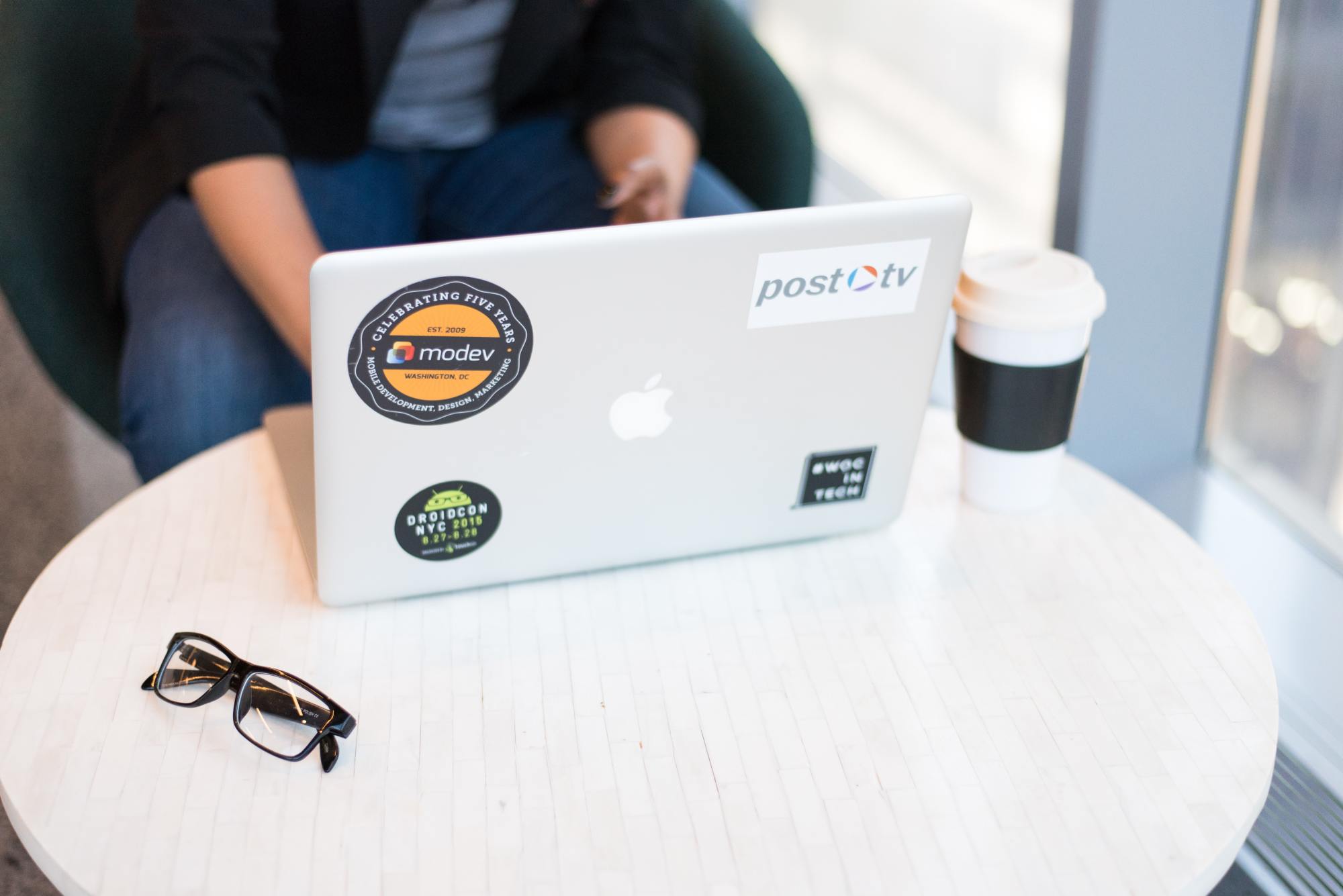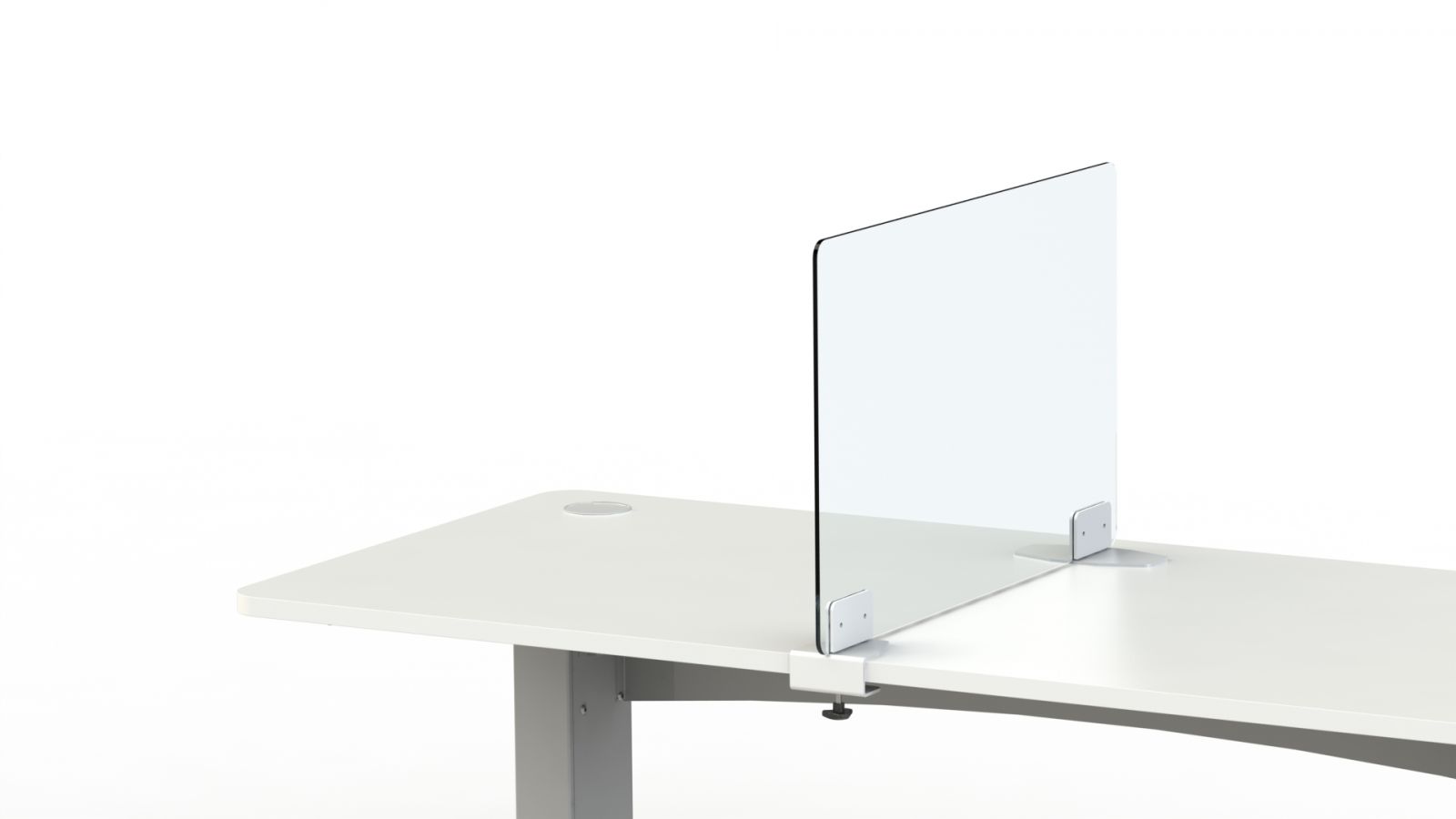Leaked Report Suggests Perspex Screens in Offices Should be Scrapped
According to a draft cabinet report seen by POLITICO, ministers are being advised perspex screens do little to prevent the transmission of COVID-19. The report...
Read Full Article
With workers in the UK seeing the first relaxation of lockdown rules, how organisations will keep employees safe as they begin to transition back to their places of work is front of mind for many.
Natalie Barnett, Managing Director of Hudd.io, questions how offices should look in light of continued concern over the spread of COVID-19.
"Adaptations are likely to be seen across an organisation with rooms hosting perhaps half the number of attendees as would previously be the norm. In fact, some customers have already introduced policies whereby there will be no more than ten people physically in any meeting for the rest of the calendar year."
–Natalie Barnett
Managing Director, Hudd.io
The open-plan office, previously the norm for many, is no longer seen as a suitable option in its current form, offering little in the way of personal space or protection from others. However, with many organisations investing in multiple meeting and collaboration spaces to support that open working environment, there is an opportunity to utilise this estate to encourage workers back into the office in a safe manner.
Take the huddle space, for example. Designed for collaboration between small numbers of people, the huddle room could offer a useful workspace in this new scenario, albeit for smaller groups than originally intended. While spaces may have been designed for six people, now they may only be able to accommodate two or three at a socially safe level, and with a few simple steps, they can be made even safer for users.
For example, Hudd.io’s AV furniture partners are already making protective screens available that simply rest on the desk to create a physical barrier between participants, helping to prevent the spread of germs while ensuring people maintain a safe distance from each other. Easy to install, they are also easy to clean and, crucially, they ensure room users to still able to comfortably see and speak to each other.

Picture: An example of protective screens available that rest on the desk to create a physical barrier between participants
Huddle rooms will also be used more by individuals, whether to keep in touch with remote workers – something that will become ever more central to the workplace as it seems unlikely that everyone will return to work at the same time – or to simply ensure they are socially distanced. With hot-desking looking likely to be discouraged, these rooms could well become a crucial element of the new-look office.
Adaptations are likely to be seen across an organisation with rooms hosting perhaps half the number of attendees as would previously be the norm. In fact, some customers have already introduced policies whereby there will be no more than ten people physically in any meeting for the rest of the calendar year.
Another option being discussed is similar to the model being practised in schools across Europe whereby half of all students come in for one half of the week and the other half come in on opposite days. Each side is taught remotely on the days where they are not in the physical building. Similarly, start and finish times look set to be staggered to avoid bottlenecks on entering and leaving the building. This way companies can promote social distancing while keeping enterprises running.
To make this work, companies must implement a robust work-from-home policy, something which many did not have pre-coronavirus. This should cover key issues such as whether you can successfully complete your job at home, the technology you need in order to be able to do this and who is responsible for sourcing and paying for this equipment.
While the immediate response to coronavirus was to simply get on as best as possible, as workers begin to return to offices, remote workers are likely to want to upgrade their home setup to offer audio and video quality more on a par with their in-office counterparts. Also consider issues such as support for home workers; as the tech they rely on expands and becomes more complex, so will their need for a clear reporting structure should they encounter any issues.
Picture: A silver Macbook computer on a table
Article written by Natalie Barnett | Published 20 May 2020
According to a draft cabinet report seen by POLITICO, ministers are being advised perspex screens do little to prevent the transmission of COVID-19. The report...
Read Full ArticleWhat do the experts say about the physical and cultural trends predicted within businesses when offices begin to open up? It’s...
Read Full ArticleFlexible office provider Office Space in Town has today launched “OSiT Adjust”, a product which allows their clients to reserve a serviced office space on a...
Read Full ArticleSodexo’s workplace experience design consultancy Wx has launched Space eXperience, a connected office building management solution that supports...
Read Full ArticleThe world has learned a lot about the way we work in the last few months. Oktra managing director Martin Reeves discusses what is certain about the future of...
Read Full ArticleCushman & Wakefield is pioneering a new office design scheme based around the “six feet rule” of social distancing. The global real estate...
Read Full ArticleWith COVID-19 creating a dramatic and sudden shift in the way we work, there’s little doubt that this pandemic will change the commercial real estate sector. We...
Read Full ArticleColliers’ latest Occupier Cost Index shows costs remain out of step with occupancy, with soft services increasing by 8 per cent in 2024. The Occupier Cost Index...
Read Full ArticleAs the workplace continues to evolve with new norms and expectations, the question remains: will Gen Z adjust, or be the ones reshaping it? Paul Sherwin from office...
Read Full ArticleGlobal travel brand Skyscanner has a new Edinburgh hub in the heart of Quartermile. The new office spans two floors and 25,000 sq ft of space, and has been completely...
Read Full Article